Bukchonmaru hanok guesthouse [Korea Quality] / 북촌마루한옥게스트하우스 [한국관광 품질인증]
664.0480752185703m 17947 2023-09-11
152 , Changdeokgung-gil, Jongno-gu, Seoul
+82-10-3253-8751
Bukchon Maru is a two-storey hanok guesthouse in Jongno, Seoul. It’s positioned on a hill between the second and third of the famous ‘eight scenic views of Bukchon’, and offers splendid views of the city. Guests can enjoy a simple Korean breakfast and a morning chat with visitors from various countries. The guesthouse is close to Anguk subway station, making transport super-convenient, and major local attractions include the Royal Palaces, Insa-dong, and the Blue House.
The Restaurant (더레스토랑)
665.3067942467371m 154 2021-03-27
54, Samcheong-ro, Jongno-gu, Seoul
+82-2-735-8441
It is a gallery-like restaurant where you can appreciate paintings drawn by famous artists. The best menu at this restaurant is spaghetti. This Western dishes restaurant is located in Jongno-gu, Seoul.
Gahoe Museum (가회민화박물관)
667.5273377389587m 27464 2022-08-30
52, Bukchon-ro, Jongno-gu, Seoul
+82-2-741-0466
Opened in 2002, Gahoe Museum exhibits folk paintings and amulets reflecting the lifestyle and wishes of the Korean people from ancient times. Inside the Hanok gallery, visitors can immerse themselves in the traditions of Korea, including old paintings depicting people's lifestyle in the past and religious beliefs, and roof tiles in the shape of humans or goblins. Visitors will also find folding screens and religious objects used in the past that show skills and knowledge of Korean ancestors.
Cafe COIN 2ho (Cafe COIN 2호)
668.2137560979m 266 2021-03-22
29, Myeongdong, 9-gil, Jung-gu, Seoul
+82-2-754-1506
A café operated for more than 20 years in Myeong-dong. This is a cafe located in Jung-gu, Seoul. The most famous menu is waffle.
Kukje Gallery (국제갤러리)
673.3487438924182m 16755 2021-07-29
54, Samcheong-ro, Jongno-gu, Seoul
+82-2-735-8449
The Kukje Galley has been committed to presenting the work of significant Korean and international contemporary artists to the public since 1982. The gallery has established itself as a leading venue for international exhibits such as Helen Frankenthaler, Sam Francis, Jim Dine, Frank Stella, Robert Mangold, Anthony Caro, Cy Twombly, Edward Ruscha, Anselm Kiefer, Joseph Beuys, and Bill Viola, attracting enthusiastic responses from both the public and the media.
The gallery has placed emphasis on collaborations between artists, galleries, and art dealers around the world and nurturing upcoming artists by sponsoring their artwork and giving them international exposure.
Cheong Wa Dae (Blue House) (청와대)
682.8880587287206m 223684 2023-03-07
1, Cheongwadae-ro, Jongno-gu, Seoul
+82-2-1330
The signature markings of the Presidential Residence of Cheong Wa Dae are its blue tiles on the Main Office; it is the first thing to catch one's attention upon viewing the premises. Approximately 150 thousand tiles compose the roof of the Main Office. Each tile was baked individually to make them strong enough to last for hundreds of years. The blue tiles and the smoothly curving roofline blend beautifully with Bugaksan Mountain in the backdrop.
Cheong Wa Dae is comprised of the Main Office, Yeongbingwan (State Guest House), Chunchugwan (Spring and Autumn) Hall, Nokjiwon Garden, Mugunghwa (Rose of Sharon) Hill, and Chilgung Palace. It is interesting to see that all the buildings are unique and beautifully designed, built in the traditional Korean style. Just outside the premises is Cheongwadae Sarangchae, an exhibition hall showing the history of Cheong Wa Dae and the Korean presidency, as well as gifts received by heads of State over the years. The hall is open and free to all visitors.
Cheong Wa Dae Media Display (청와대 국민과 함께 영상전시)
682.8880587287206m 0 2024-01-24
1 Cheongwadae-ro, Jongno-gu, Seoul
박주원 학예연구사 02-3771-8636
Cheong Wa Dae Media Display brightens the night through a media facade display on Yeongbingwan Hall. The display shows the history of Cheong Wa Dae through the theme "Twelve Lights".
Daraenamu Tree in Changdeokgung Palace (창덕궁 다래나무)
684.1715392382469m 9238 2020-01-30
99, Yulgok-ro, Jongno-gu, Seoul
+82-2-3668-2300
Daraenamu Tree in Changdeokgung Palace is estimated to be 600 years old, meaning it had likely been planted before the palace was built. The tree stands 19m in x_height, and has six separate trunks sprawling in all directions. It is the biggest and the oldest in Korea. It is designated and protected as a National Natural Monument.
Hanboknam (한복남)
713.3105241238059m 24058 2021-01-27
17, Bukchon-ro 5ga-gil, Jongno-gu, Seoul
+82-10-6485-8507
Started in Jeonju in 2012, Hanboknam strived to promote the beauty of hanbok, earning recognition by the Ministry of Culture, Sports and Tourism in 2015. Following this, Hanboknam opened a hanbok exhibition and rental shop in the Bukchon area of Seoul in 2016. The shop provides customers with numerous styles of hanbok, from royalty to beggars. The rental shop also offers various accessories to pair with the different hanbok for a complete look.
Baek In-je House (백인제가옥)
733.0355349650167m 13398 2022-05-02
16, Bukchon-ro 7-gil, Jongno-gu, Seoul
+82-2-724-0200
Baek In-je House in Gahoe-dong, located in Bukchon Hanok Village, is a hanok built during the Japanese administration period that portrays modern hanok features. The structure consists of a main room offering a good view of the whole village, spacious bedrooms, a large garden, and annex buildings. As it withholds the beauty of a traditional hanok while incorporating the modern trend of its time, Baek In-je House is considered to be highly valuable in means of both architecture and history, representing the Bukchon Hanok Village together with Yun Bo-seon House.
Baek In-je House was built from black pine, which was first introduced in Seoul during the Gyeongseong Expo in 1907, distinguishing itself from other upper-class houses of its time. Unlike other traditional hanok designs that separate the main building from the other rooms, Baek In-je House connects the two with a hallway, allowing convenient access between the two structures. The house also consists of a Japanese-style hallway and floor mat rooms, reflecting the interior trends of that period. Baek In-je House is also unique in that the main room is partially built as a two-story structure, a style that was never seen in any traditional hanok built during the Joseon period.
![Bukchonmaru hanok guesthouse [Korea Quality] / 북촌마루한옥게스트하우스 [한국관광 품질인증]](http://tong.visitkorea.or.kr/cms/resource/73/3008873_image2_1.jpg)
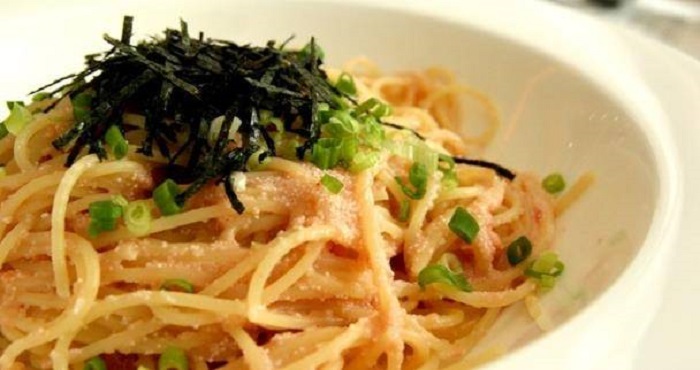
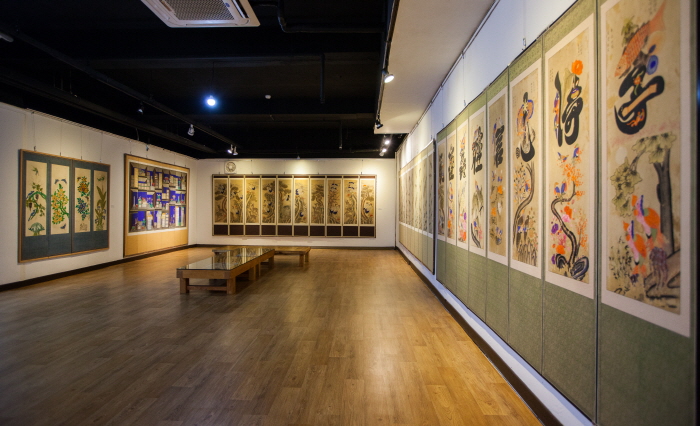
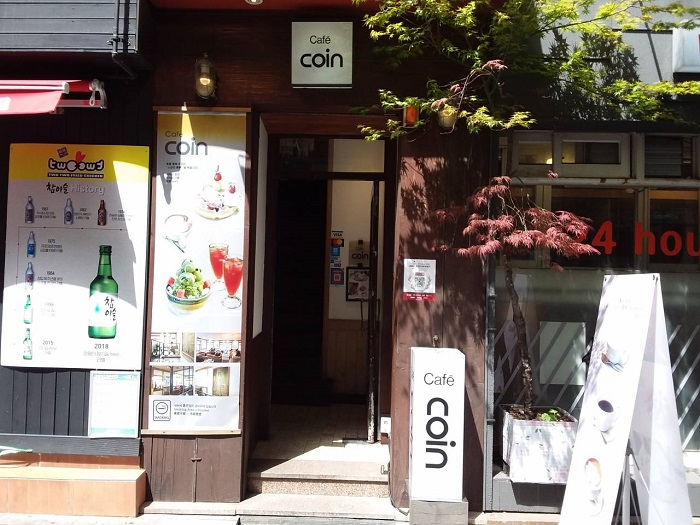
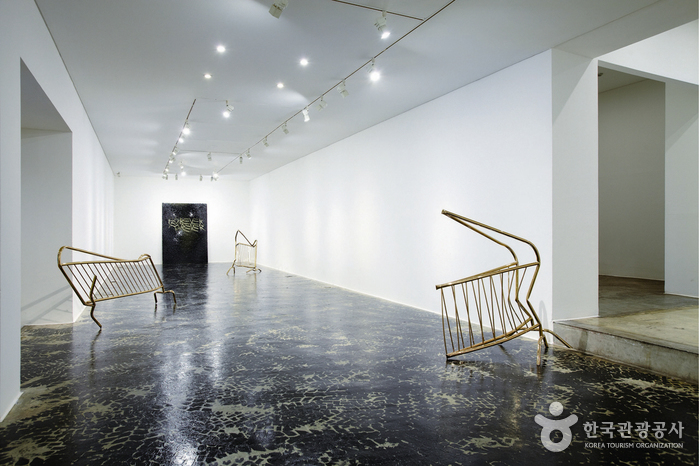
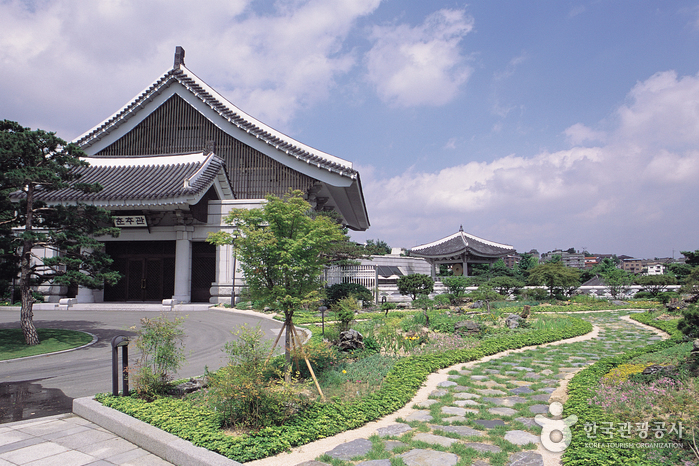
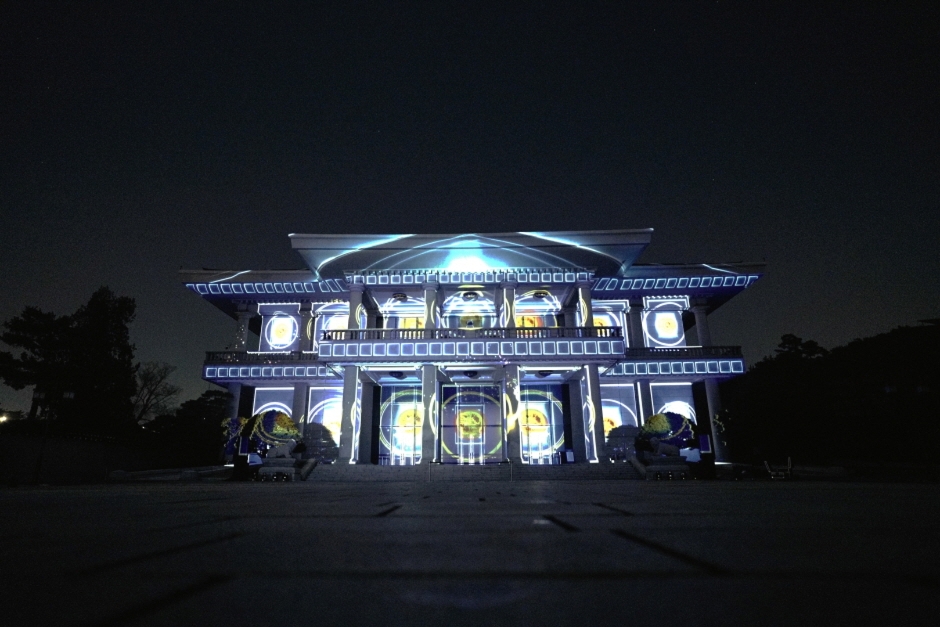
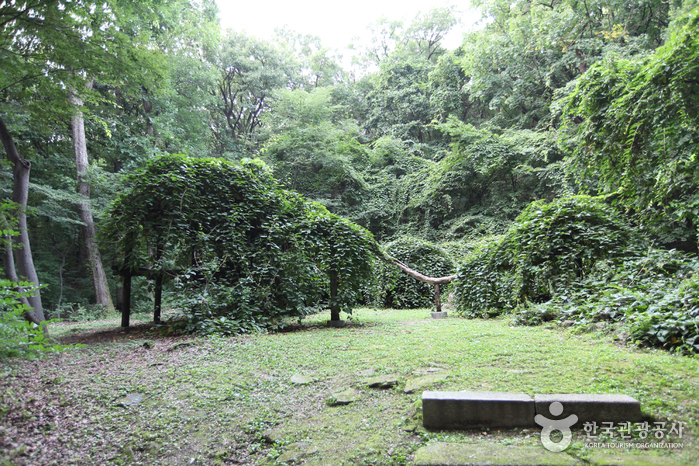
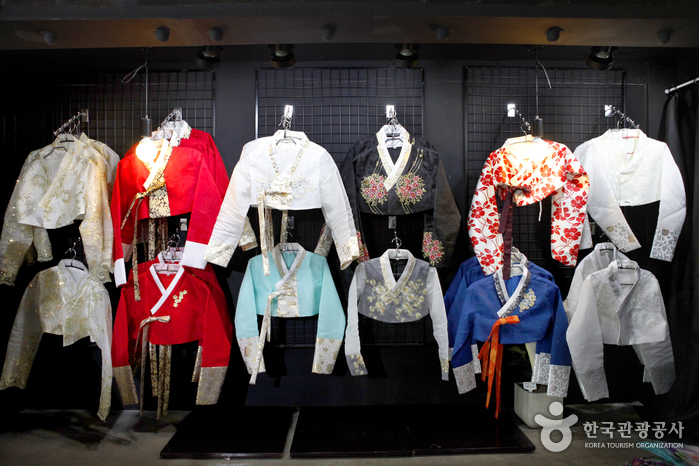
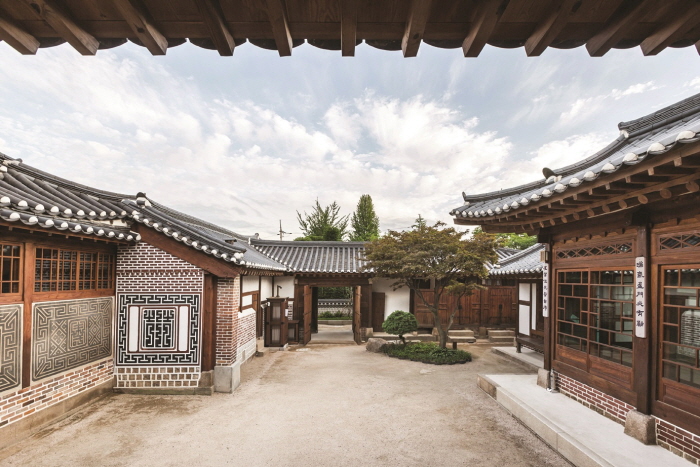
 English
English
 한국어
한국어 日本語
日本語 中文(简体)
中文(简体) Deutsch
Deutsch Français
Français Español
Español Русский
Русский